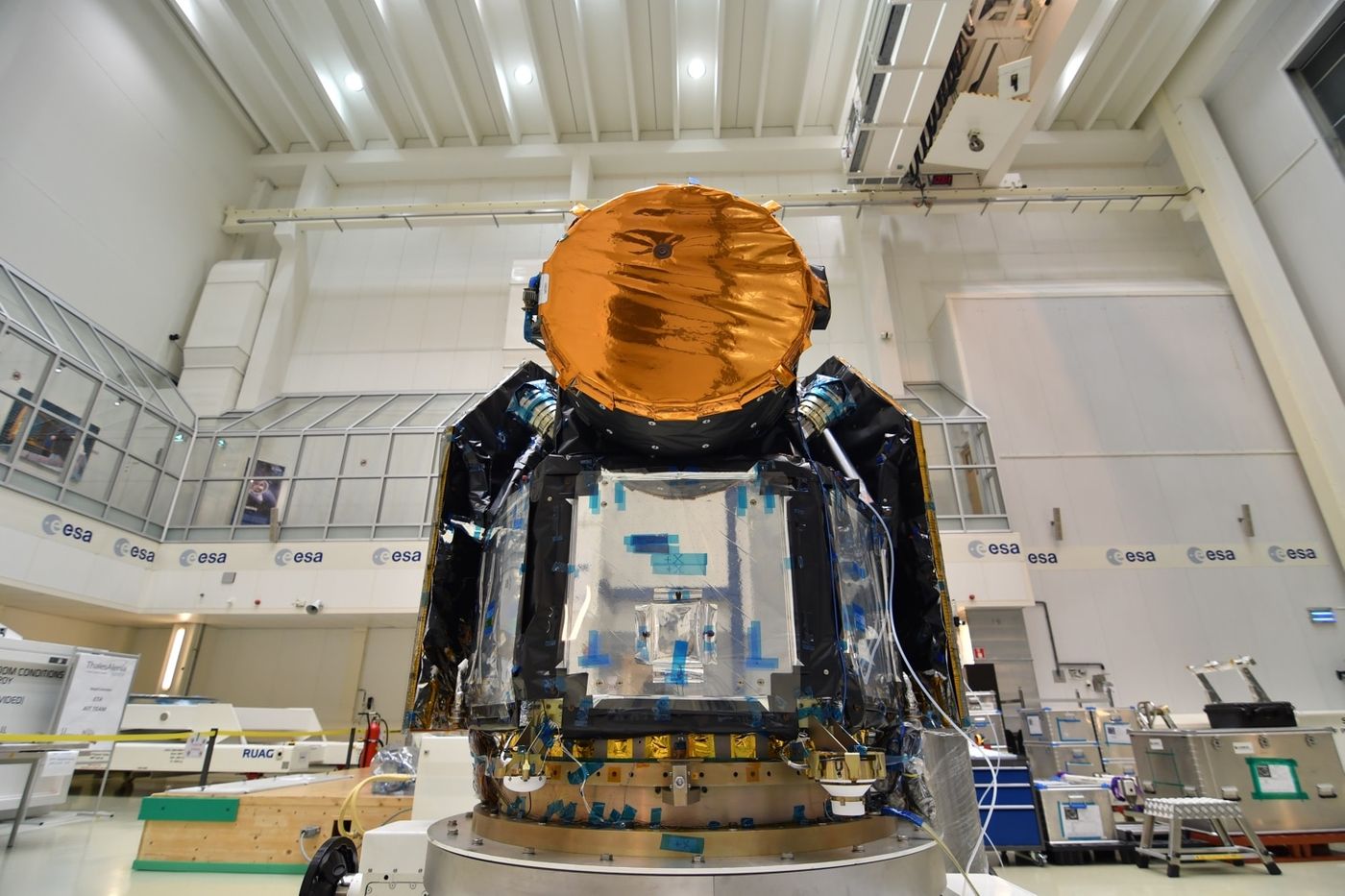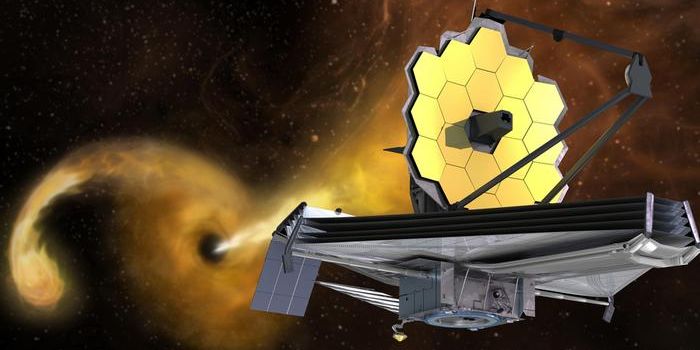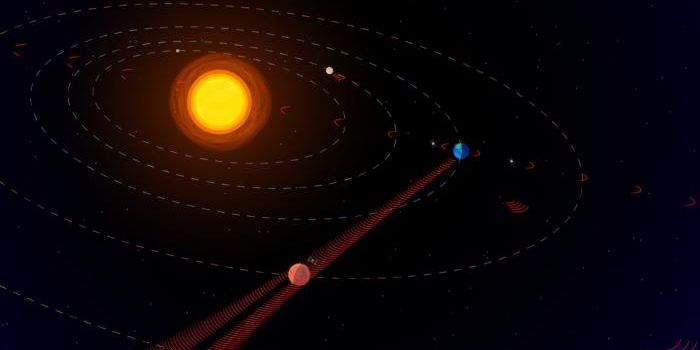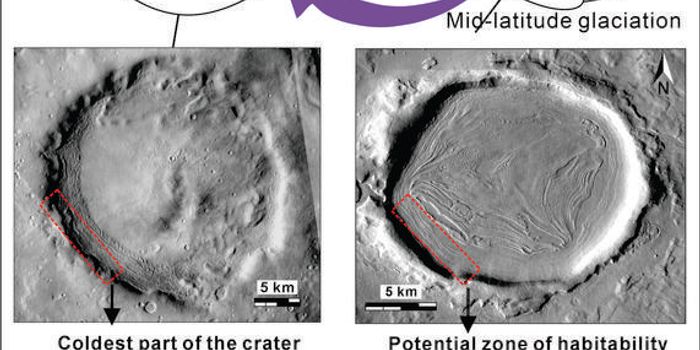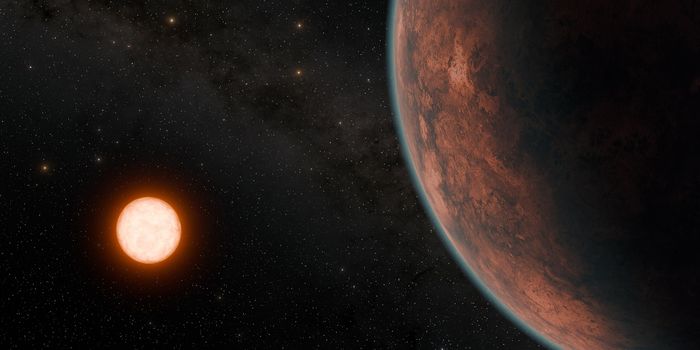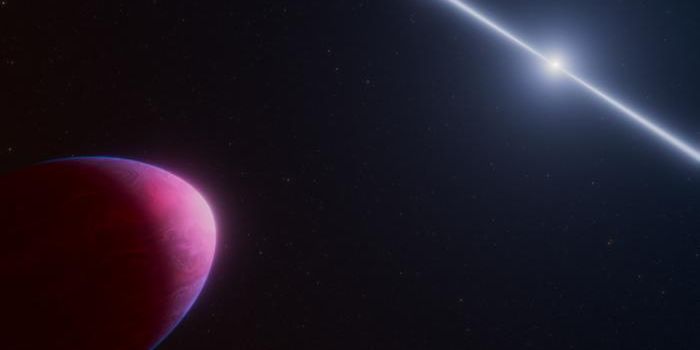ESA Announces Official Launch Timeframe for Exoplanet-Characterizing CHEOPS Satellite
When you think about exoplanet research, NASA’s now-retired Kepler Space Telescope comes to mind. Kepler did a lot of the heavy lifting concerning exoplanet discovery, and now it’s up to space agencies around the world to learn more about the thousands of exoplanets we’ve already discovered.
The European Space Agency’s upcoming CHaracterizing ExOPlanet Satellite (CHEOPS) will do just that, and the ESA just recently announced when it would be sending CHEOPS into space to commence its scientific research.
Image Credit: ESA–A. Conigli
In an official statement, we learn that the ESA plans to launch CHEOPS sometime between October 15th and November 14th of next year (2019). It’s poised to launch from a Russian Soyuz rocket, which will allegedly ignite its engines from a spaceport located in Kourou.
Related: Will NASA's TESS mission provide new insights regarding exoplanets?
When CHEOPS reaches outer space, it will follow a Sun-synchronous orbit around the Earth; this means riding along the boundary of day and night as it transpires on our planet. This type of orbit will help CHEOPS’ onboard instruments study previously-discovered exoplanets without hindrance from the Sun’s light.
Since we’ve already discovered all the targets that CHEOPS will set its sights on, analyzing them should be a piece of cake. According to the ESA, it will focus primarily on exoplanets believed to be in the Earth-to-Neptune size range.
After CHEOPS homes in on these exoplanets, its sensitive instruments will gather planetary transit information. This data should help astronomers discern precise measurements concerning the exoplanets’ sizes, masses, and composition, among other things. If successful, then it will become the first real step toward characterizing worlds outside of our solar system.
The data CHEOPS collects should also help planetary scientists better understand how these worlds came to be. This data is valuable to scientists because it could potentially translate to better understanding our solar system and how it formed.
Related: Do the TRAPPIST-1 exoplanets have what it takes to support life?
The CHEOPS satellite currently resides at the Airbus Defense and Space headquarters in Spain where it’s preparing to undergo final tests ahead of next year’s launch. If everything goes according to plan, then the ESA shouldn’t expect any delays.
It should be interesting to see what CHEOPS learns about the many distant worlds outside of our solar system. After all, it’s no easy task identifying and studying exoplanets that reside several light-years away from Earth.
Source: ESA
